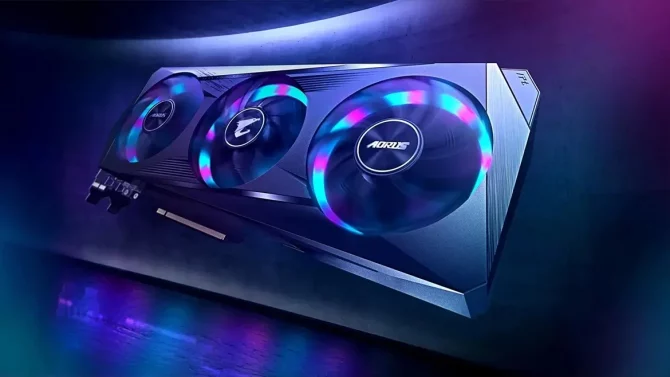Gigabyte RTX 30 and RTX 40 Series GPU PCBs Allegedly Experiencing Cracks
Renowned repair technician and YouTuber, Louis Rossmann, recently unveiled a compilation of ongoing instances highlighting a particular flaw found in Gigabyte graphics cards. According to user reports, some of Gigabyte’s top-tier graphics cards, namely the GeForce RTX 30-series (Ampere) and GeForce RTX 40-series (Ada Lovelace), have exhibited cracks on their printed circuit boards (PCBs).
Rossmann was contacted by one of his viewers, a fellow technician, who brought attention to the issue of cracked PCBs. This individual claimed to have worked on numerous affected graphics cards and shared a series of vivid photographs, providing visual evidence of the damaged PCBs. The cracks primarily occur in a specific area near the PCIe locking tab, located at one end of the PCIe x16 connector.
The crux of the problem lies in the compromised region through which critical signals pass, rendering the graphics card inoperable. The absence of these signals disrupts the voltage rails, causing certain components to remain devoid of power. The severity of the cracks varies from case to case, as illustrated by the provided photographs, ranging from a few unusable traces to a plethora of damaged ones.
According to Rossmann’s source, most of the cracked Gigabyte graphics cards were sold within pre-built systems. Nevertheless, there have been instances where the cracks occurred spontaneously. The source alleges that Gigabyte has declined warranty claims for these damaged graphics cards, citing the compromised PCB as the reason for refusal. Affected customers received their graphics cards accompanied by a PCB damage sticker and an ominous red arrow sticker pointing to the fracture. To compound matters, Gigabyte purportedly charges customers for return shipping without offering a solution in return.
The damage suggests a potential correlation between the weight of the graphics card and the occurrence of cracks. Nvidia’s GeForce graphics cards have become increasingly bulkier and heavier over the past two generations. For instance, the GeForce RTX 4090 is typically a triple-slot graphics card, but certain custom models have pushed the boundaries to 4.5 slots, which is quite remarkable. Many of the latest GeForce RTX 40-series graphics cards come bundled with anti-sag supports or brackets to alleviate the strain caused by their weight.
Although it is possible to salvage a damaged graphics card with the necessary expertise and tools, the repair process proves to be challenging with slim chances of success. A comprehensive wiki outlines the entire procedure. The author of the wiki speculates that Gigabyte may have routed too many traces through the edge of the PCB, where cracks tend to occur. In an effort to enhance signal integrity, the manufacturer might have resorted to buffing the traces with ground planes. However, copper lacks the same level of resilience as fiberglass, potentially explaining why cracks manifest in this area, given the increased weight of modern graphics cards and the resulting shift in center of gravity.
It is disheartening to witness numerous affected owners resorting to selling their damaged Gigabyte graphics cards on eBay at significantly reduced prices. Some are parting with their GeForce RTX 3090 for as low as $450 or their GeForce RTX 3080 Ti for $425. Meanwhile, other owners are practically giving away their GeForce RTX 3080 graphics cards for a mere $156 in an attempt to recoup a fraction of their initial investment.






